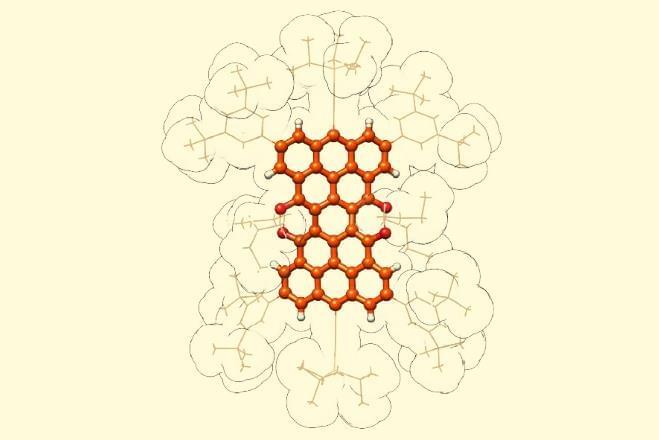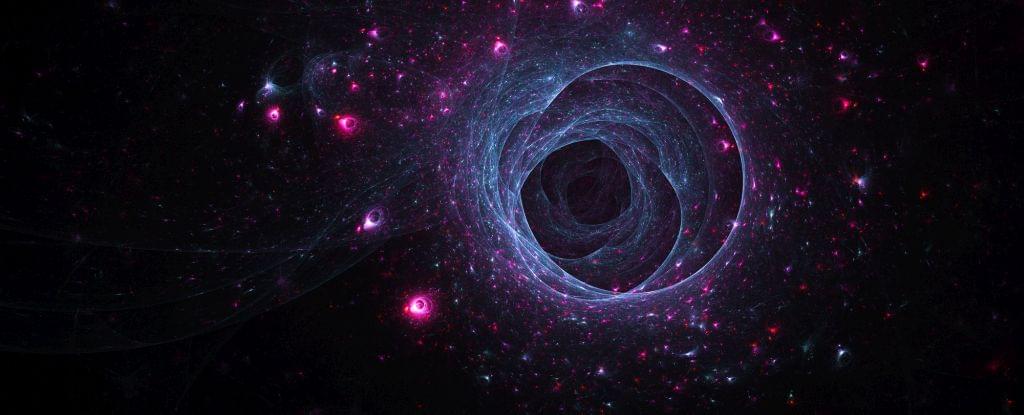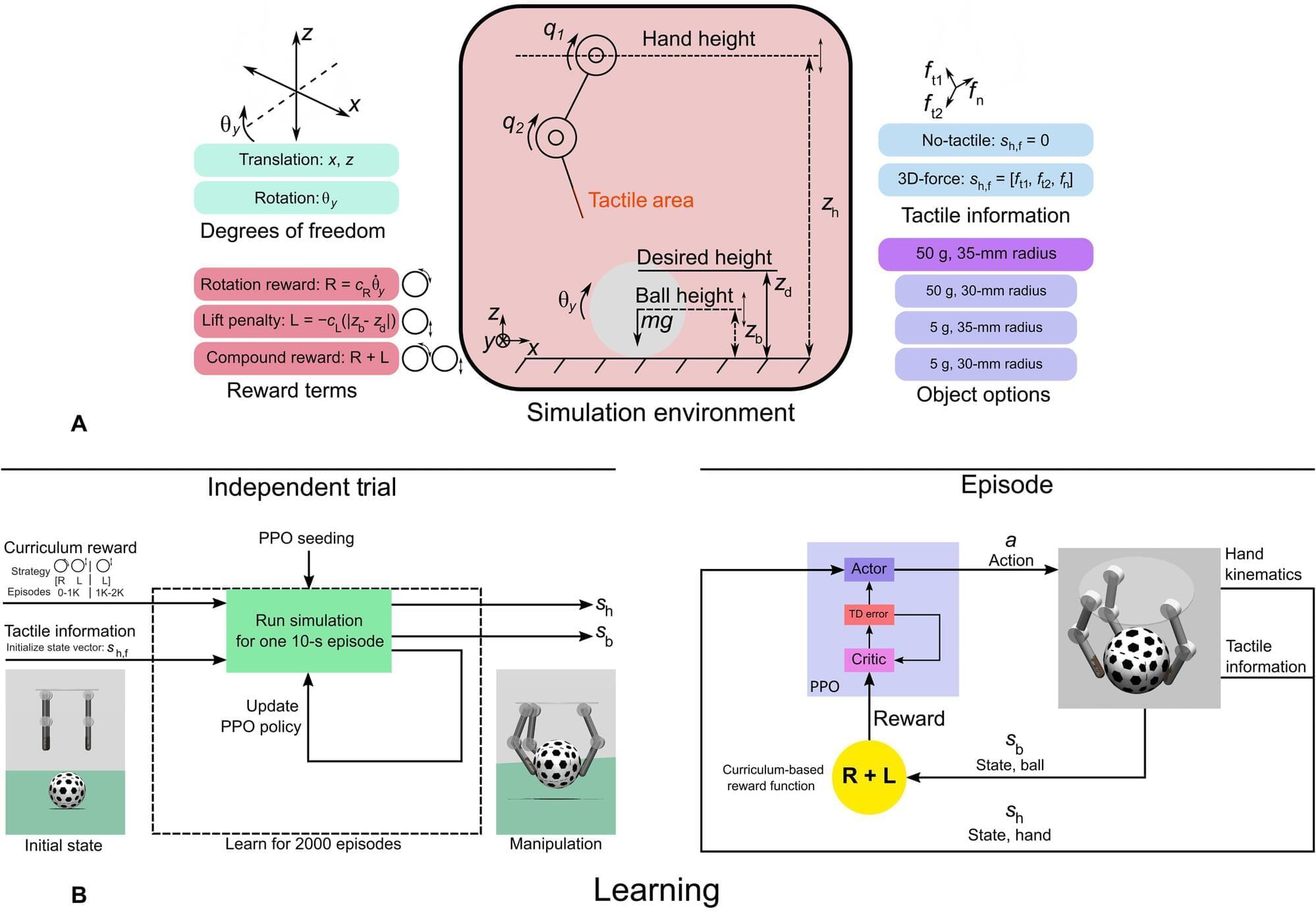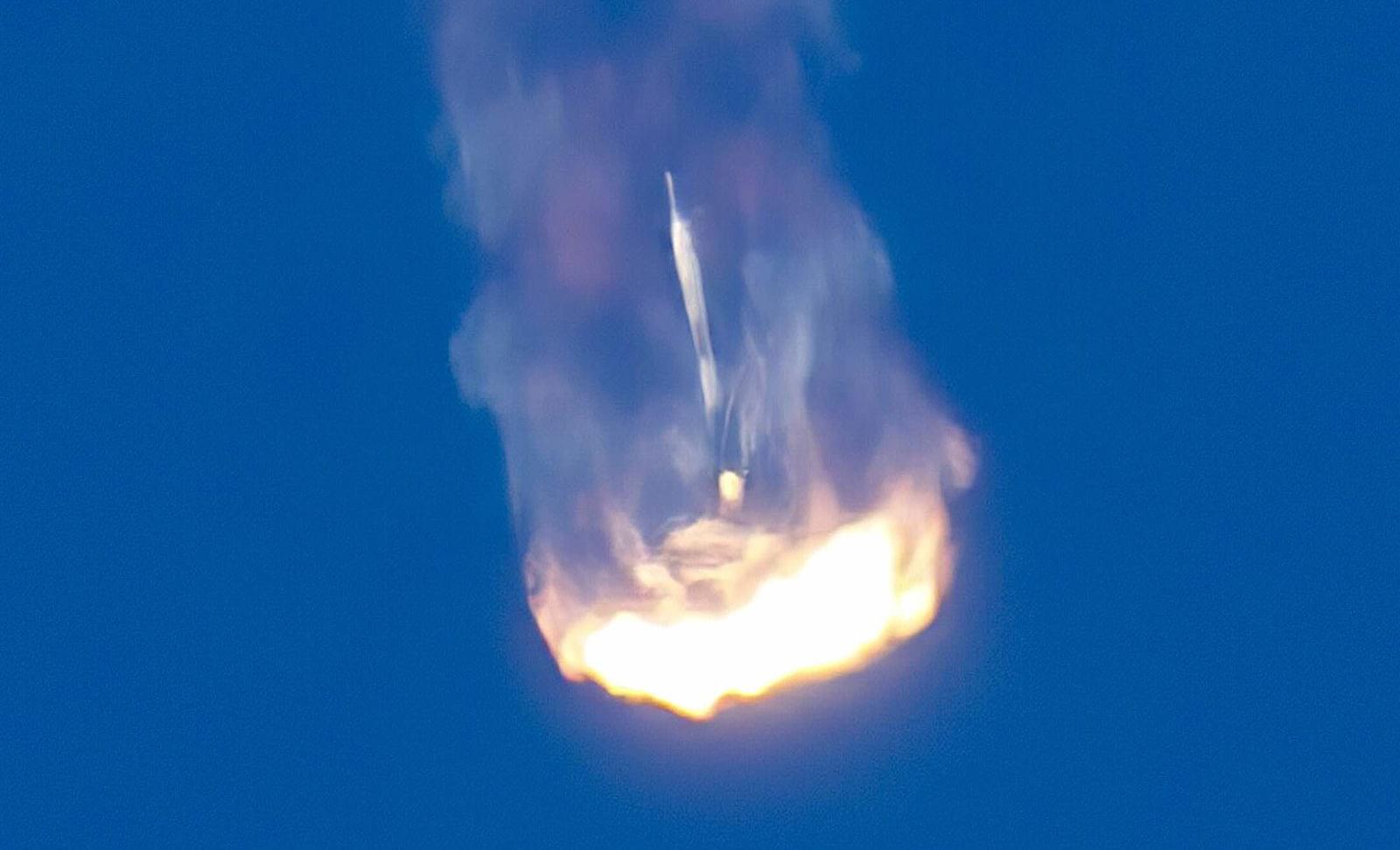A new solution synthesis strategy could catapult quantum applications




A pair of top quarks has been detected in the detritus spraying forth from the collision of two atoms of lead.
It’s the first time that this specific quark-antiquark pair has been spotted in a collision between two nuclei. The detection strengthens evidence that all six quark flavors existed at the dawn of time, in the soupy quark-gluon plasma thought to have suffused the Universe in the moments after the Big Bang.
This means that we’re a step closer to taking new measurements of this primordial soup, and gleaning new insights into how our Universe formed from the very beginning.

How does a robotic arm or a prosthetic hand learn a complex task like grasping and rotating a ball? The challenge for the human, prosthetic or robotic hand has always been to correctly learn to control the fingers to exert forces on an object.
The sensitive skin and nerve endings that cover our hands have been attributed with helping us learn and adapt to our manipulation, so roboticists have insisted on incorporating sensors into robotic hands. But–given that you can still learn to handle objects with gloves on– there must be something else at play.
This mystery is what inspired researchers in the ValeroLab in the Viterbi School of Engineering to explore if tactile sensation is really always necessary for learning to control the fingers.
Imagine a world where losing a tooth doesn’t mean living with dentures or undergoing expensive implants. It might sound like science fiction, but researchers in Japan are on the verge of making this dream a reality. A groundbreaking discovery suggests that humans possess a third set of teeth —dormant tooth buds that typically never develop.
This revolutionary finding could transform dental care as we know it. Scientists have identified a way to activate these dormant tooth buds through a newly developed medication. If successful, this treatment could enable people to regrow lost teeth, making dentures and implants a thing of the past.
Let’s dive into the science behind this discovery and explore how it might change the future of dentistry.



As the next administration takes shape, countless voices are vying for influence over the future of America’s space program. I’d wager one in particular — someone apparently very close to the President-elect — might be suggesting a bold new direction: “Sir. Forget racing China to the moon,” Elon Musk may be saying. “We’re almost ready with Starship. Announce we’ll launch humans to Mars by 2029 — the Apollo anniversary. You’ll go down in history! You’ll be as big as Kennedy!”
If I had that access, it’s exactly what I’d be saying.
Think about it. SpaceX is making remarkable progress on Starship. If they can overcome FAA regulatory hurdles, they could have a revolutionary, reusable Earth-to-space system operational within a year. The next step, in-orbit refueling, could take another year or two to master. By 2028, Starship could be ready for missions to the moon, Mars, or beyond. Right behind it will be Jeff Bezos’ Blue Origin with New Glenn.

